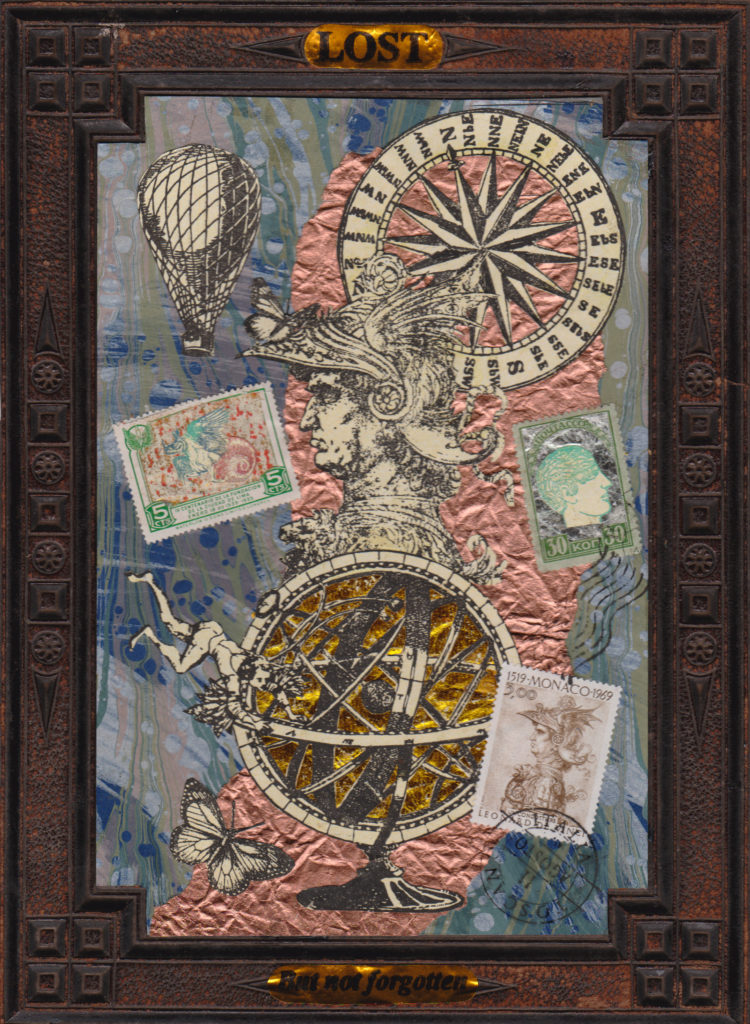Artistic woodturning combines traditional carpentry skills with creativity and imagination to produce items that are unique and surprising. We asked Robin Goodman to tell us more.
Background
Woodworking is the use of wood to make anything, but woodturning is a more specialist technique and the end product will have at least part of it as circular.
Woodturning is the craft of shaping wood on a lathe, which is a machine that rotates the wood at high speed while a cutting tool is applied to it, gradually shaving away the wood to create a circular object. Lathes have been around for several thousand years and early Egyptian monuments illustrate early lathes with one person using a strap to rotate the lathe while another does the cutting. During the Middle Ages, turned wooden vessels were used by most people for bowls and cups or goblets.
Simple foot-powered pole lathes that rotate first one way then the other are still used by a few turners; but most lathes now have electric motors that enable continuous rotation and many are variable speed.
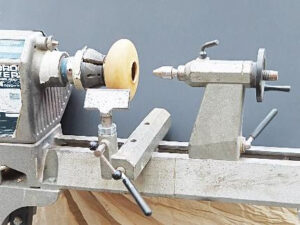
Wood as an Artist’s material
Wood is possibly the most useful and versatile material on the planet! Unlike clay and other natural materials, wood is organic from trees and comes in many strengths, colours and forms. It is a non-uniform material and in simplest terms can be thought of as mainly consisting of cellulose tubes strengthened and held together by lignin; each year extra tubes are grown on the outside forming the familiar tree rings. These form the grain and the material behaves very differently in different directions – with the grain and across it.

When initially cut down, timber is full of liquid sap and this progressively dries out, often causing unwanted cracking. This depends partly on how it is sawn up relative to the grain direction. Only some turners have access to freshly felled timber; this green ‘wet’ wood is softer and easier to turn, but has the disadvantage of distorting or cracking as it dries. Air drying can take many months, so kiln drying is often preferred and pre-prepared dry woodturning blanks are available to buy in different sizes and in different timbers.
Turning the Wood
A variety of sharp woodturning cutting tools are used to suit the wood and shape required. Special tools are required to shape the inside of hollow forms. Sandpaper is usually used to remove blemishes and scratches before applying decoration or a finish coat.
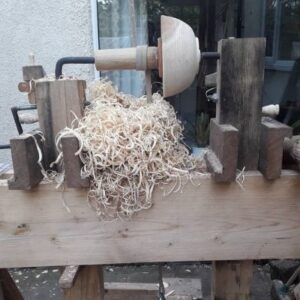
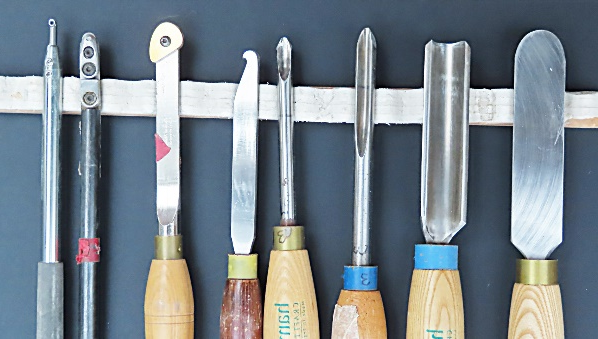
A wide variety of pieces can be turned on the lathe, both functional and aesthetic. Items for practical use include platters, bowls, vases, candlesticks and boxes. Traditionally an oil or other transparent finish was applied to leave the item as wood colour and with the wood grain showing. In recent years as artistic woodturning has become more popular, carving, texturing, piercing, pyrography and colouring the surface has come to the fore. An artist’s airbrush is often used to apply decorative paints (transparent or opaque), but other methods apart from brushes can be used to create different effects, such as sponge application or spattered from a toothbrush.
The finished item does not have to be round. It can be carved, cut up and re-assembled to produce any shape. Apart from wood, other materials can be turned in a similar way, such as soapstone, resin and acrylic plastic.
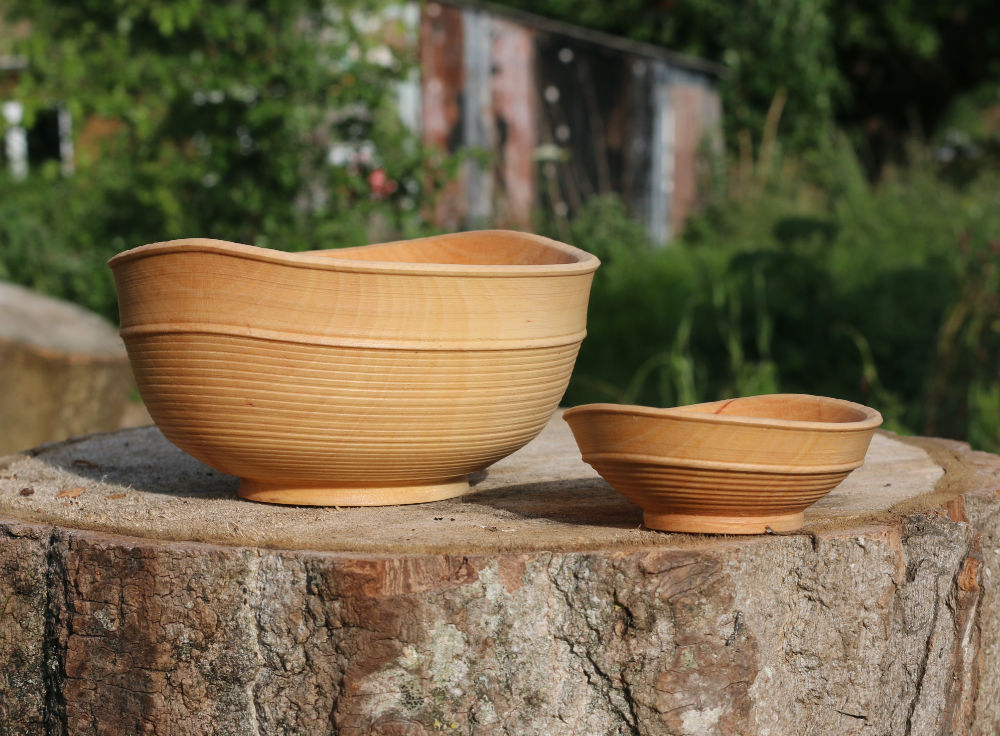
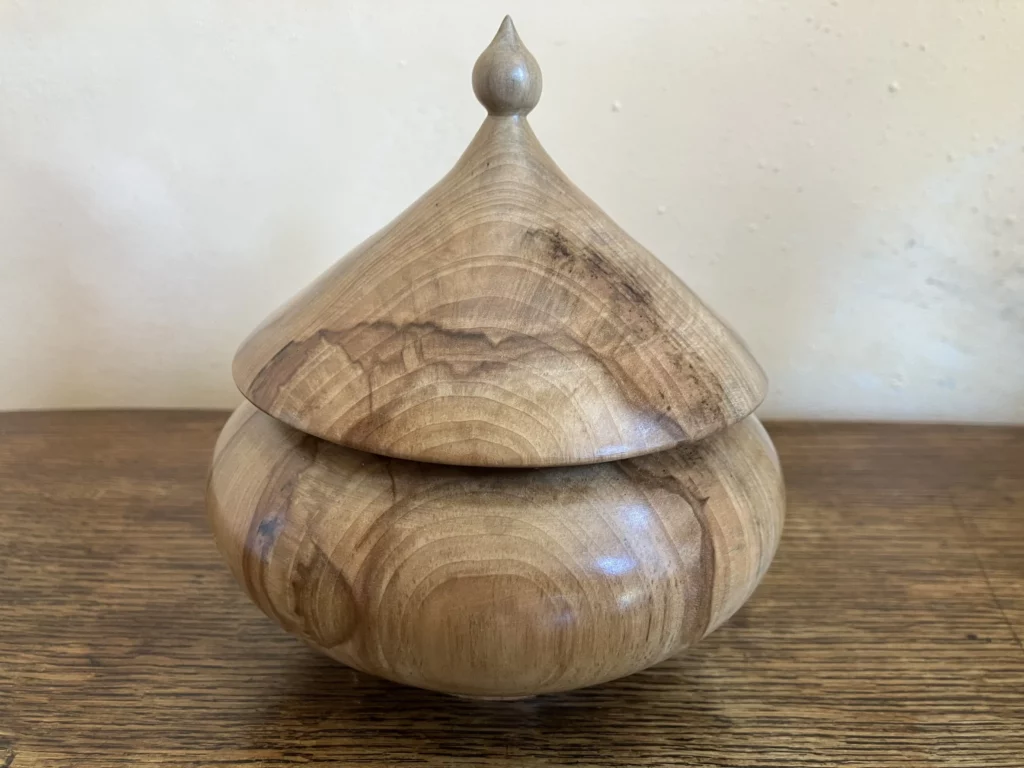

Woodturning has been primarily a craft to produce a variety of useful items, but increasingly some would say that many pieces are art – an ongoing contentious issue. For purchasing decorative items. much comes down to personal preferences – if you love the object it is worth the price! It is difficult to provide any guidance on purchase prices, but in particular the price has to reflect the amount of time put into making the item. Some artistic items can take a large number of hours to complete, even though the basic turning process might be quite quick. Many craftspeople are happy to explain how an item was made and help you appreciate the piece more, so always ask if you are curious.
Learn More
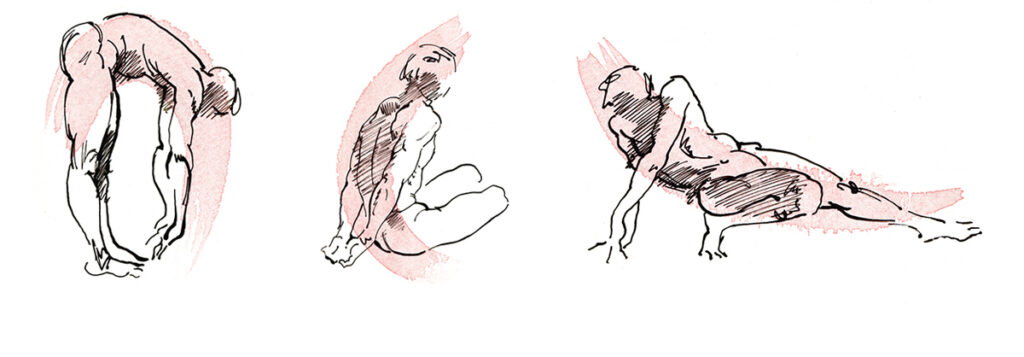
Life Drawing
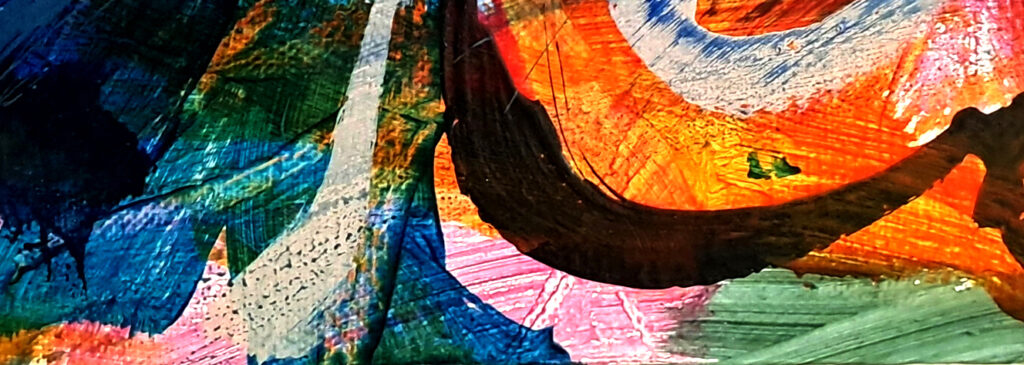
Abstract Art
